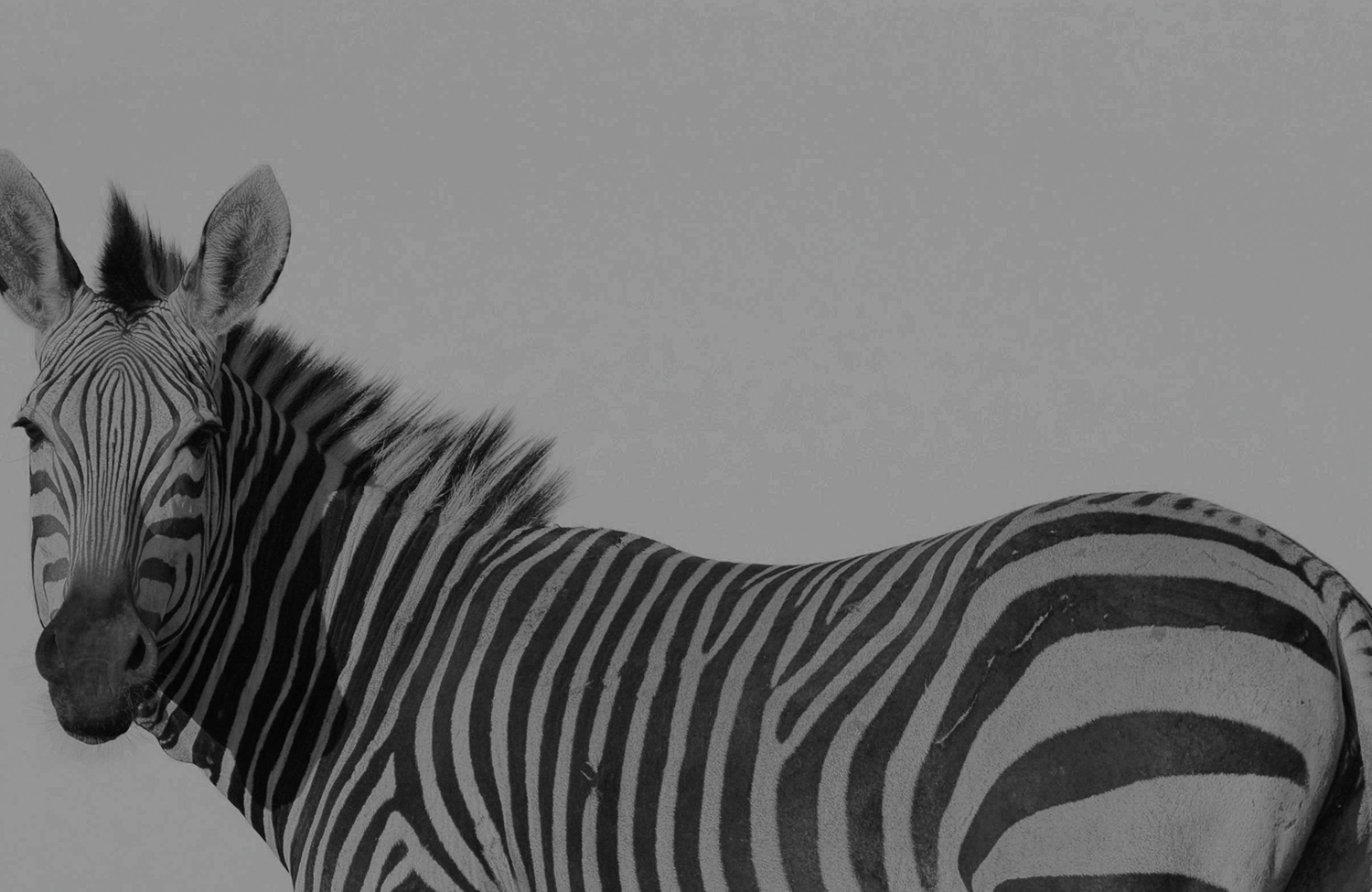Member States of the European Union (EU) are required to submit annual reports detailing their trade in species listed in the CITES Appendices and the Annexes of the EU Wildlife Trade Regulations. This report provides a detailed analysis of the trade data submitted by EU Member States and candidate countries in their annual reports for 2013.
OVERVIEW OF EU TRADE
The numbers of import transactions reported by the EU decreased in 2013 compared to 2012 for the first time since 2009, with just under 95 000 import transactions in 2013. Over double that number of export transactions were reported by Member States in 2013. The majority of the export transactions reported by the EU in 2013 were re-exports.
Live plants were the commodity imported and (re-)exported in the highest quantities by the EU in 2013, of which the majority were artificially propagated (exports) and wild-sourced (imports). Reptile leather products, which were principally wild-sourced, were also traded at notable levels as both imports and (re-)exports. Other top commodities in trade included imports of plant derivatives (stems and leaves) and exports of medicine from bird derivatives[1] and live sturgeon eggs.
The top commodities imported by candidate countries in 2013 were wild-sourced Lycalopex griseus skins originating in Argentina. Live, wild-sourced plants were the commodities exported in the highest quantities by candidate countries.
[1] Correspondence with France confirmed that this relates to trade in homeopathic medicines, reported in number of drug packages.
NOTEWORTHY PATTERNS OF TRADE
Trends in EU and candidate country imports of wild-sourced and ranched specimens were considered noteworthy according to the following criteria: high volume (also accounting for global threat status) and/or sharp increases in imports in 2013.
In 2013, 75 taxa were selected on the basis of a noteworthy trend in trade reported by the EU; these included nine Annex A taxa. Eleven Annex B taxa met the criteria for selection on the basis of a high volume of trade or sharp increase in trade reported by candidate countries.
- Mammals: 15 (3 Annex A)
- Birds: 5 (4 Annex)
- Reptiles: 19
- Fish: 4
- Invertebrates: 15 (including 11 corals)
- Plants: 17 (2 Annex A)
EXPORTS AND RE-EXPORTS
Wild-sourced (re-)exports originating in the EU in 2013 primarily involved mammal and bird taxa listed in Annex A and coral taxa listed in Annex B. The majority of Annex A (re-)exports were for non-commercial purposes, including hunting trophies.
Many of the commodities (re-)exported at high volumes involved plants and reptiles; medicine from Cairina moschata, live plants and live sturgeon eggs were the commodities (re-)exported at the highest volumes overall.
SPECIES VALUATION
To estimate the monetary value of EU trade in CITES-listed animal species in 2013, species-specific value data (submitted to United States Customs and included within the United States annual report to CITES) were applied to EU-reported import and export volumes.
The value of animal imports (excluding caviar extract) in 2013 was estimated at approximately USD634.2 million (~EUR582 million). The most valuable commodities imported were leather products and skins; Switzerland is estimated to be the key EU trading partner by economic value.
The value of animal exports (excluding caviar extract) in 2013 was estimated at approximately USD1.5 billion (~EUR1.37 billion); more than double the estimated value of EU imports for the same year. Leather products were again the most valuable commodity exported; high value, luxury goods appear to represent a significant proportion of the overall value of the trade to and from the EU.
When caviar extract was analysed, the value of this high-end item was estimated at USD3.87 billion for imports and USD46.3 billion for exports. However, the high value of caviar extract relates to the price of finished products within international trade.
NON-CITES TRADE
EU imports of non-CITES taxa listed in the EU Annexes in 2013 principally comprised Annex D reptile skins, dried plants and plant derivatives, the majority of which were reported without a source or purpose specified. Species imported at notable levels include Homalopsis buccata, with imports of skins increasing by a third compared to 2012, and Arctostaphylos uva-ursi, with imports of leaves by weight exceeding 100 000 kg in 2013. Imports of live Ctenosaura quiquecarunata are of particular note, having increased three-fold between 2012 and 2013 to 184 live individuals, as the species is classified as Endangered according to the IUCN Red List and thought to have a population of less than 2500 mature individuals.
Imports of nine non-CITES Annex A and B taxa were recorded by the EU in 2013, compared to seven in 2012; as in previous years the top taxon in trade by quantity was Trachemys scripta elegans, imported as live specimens primarily for scientific purposes.
Six non-CITES taxa listed in the EU Annexes were exported in 2013; the majority of trade comprised live, captive-bred Columba livia traded for commercial purposes, although trade levels decreased by 80% between 2012 and 2013.


